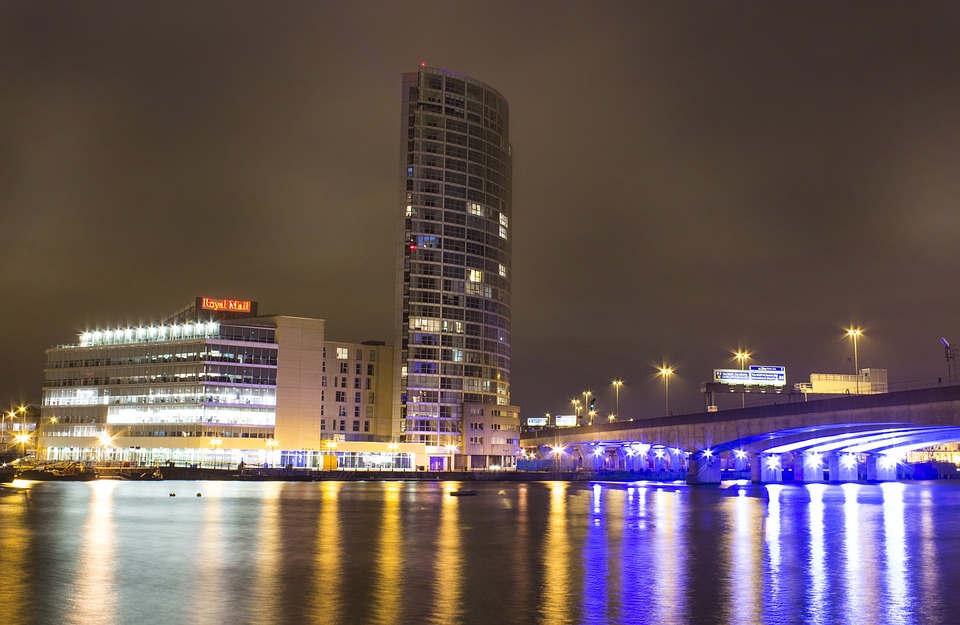
The Troubles in Belfast: A Complex History Unveiled
Introduction:
The Troubles in Belfast, Northern Ireland, is a period in history marked by conflict, violence, and political unrest. Lasting from the late 1960s to the Good Friday Agreement in 1998, this turbulent chapter in Belfast’s history left a lasting impact on the city and its people. To truly understand the complexities of the Troubles, one must delve into the historical, social, and political factors that led to the outbreak of violence in Northern Ireland.
Historical Background:
The roots of the Troubles can be traced back to the partition of Ireland in 1921, when the island was divided into two separate entities – the Republic of Ireland and Northern Ireland. This sectarian division created a deep sense of division between the predominantly Protestant Unionists in Northern Ireland, who wanted to remain part of the United Kingdom, and the Catholic Nationalists, who sought unification with the Republic of Ireland.
Civil Rights Movement:
The 1960s saw the rise of a Civil Rights movement in Northern Ireland, led by Catholic Nationalists who were seeking equal rights and an end to discrimination by the Unionist-dominated government. However, these peaceful protests were met with violent opposition from loyalist paramilitary groups and the Royal Ulster Constabulary, leading to increased tensions and unrest.
Emergence of Paramilitary Groups:
As the situation escalated, paramilitary groups such as the Provisional Irish Republican Army (IRA) and the Ulster Volunteer Force (UVF) emerged, carrying out acts of violence and terrorism in the name of their respective causes. The conflict quickly spiraled out of control, with bombings, shootings, and assassinations becoming a regular occurrence on the streets of Belfast.
Impact on Belfast:
The Troubles had a profound impact on the city of Belfast, leaving scars that are still visible today. The constant threat of violence and bloodshed created a climate of fear and suspicion, dividing communities along sectarian lines and deepening the rift between Catholics and Protestants.
Economic Decline:
The violence and instability of the Troubles also took a toll on Belfast’s economy, with businesses shutting down, tourism declining, and investment fleeing the city. The scars of the conflict left many areas of Belfast in disrepair, with abandoned buildings and walls covered in murals depicting the struggles of the past.
Human Cost:
But perhaps the most tragic legacy of the Troubles is the human cost of the conflict. Thousands of people lost their lives in the violence, leaving behind grieving families and shattered communities. The wounds of the past still run deep in Belfast, as many continue to grapple with the trauma of the Troubles.
Lessons Learned:
The Troubles in Belfast serve as a stark reminder of the dangers of sectarianism, intolerance, and violence. The city’s history is a testament to the devastating consequences of political deadlock, social division, and the failure to address the root causes of conflict.
Path to Reconciliation:
In the years since the Good Friday Agreement brought an end to the violence of the Troubles, Belfast has made strides towards reconciliation and healing. Efforts to promote cross-community dialogue, foster understanding, and address the legacies of the conflict have been instrumental in rebuilding trust and moving the city forward.
Looking to the Future:
While the scars of the Troubles may still be visible in Belfast, the city is also a testament to the resilience of its people and their determination to build a better future. As Belfast continues to forge a path towards reconciliation and peace, it serves as a reminder that even in the face of darkness, there is always hope for a brighter tomorrow.
Conclusion:
The Troubles in Belfast represent a complex and tragic chapter in the city’s history, but they also serve as a powerful reminder of the importance of peace, tolerance, and understanding. By delving into the historical, social, and political factors that led to the conflict, we can gain a deeper appreciation for the complexities of this turbulent period in Belfast’s past. As the city continues to heal and move forward, may the lessons of the Troubles not be forgotten, but instead serve as a guiding light towards a more peaceful and inclusive future for all of Belfast’s residents.
Leave a Comment